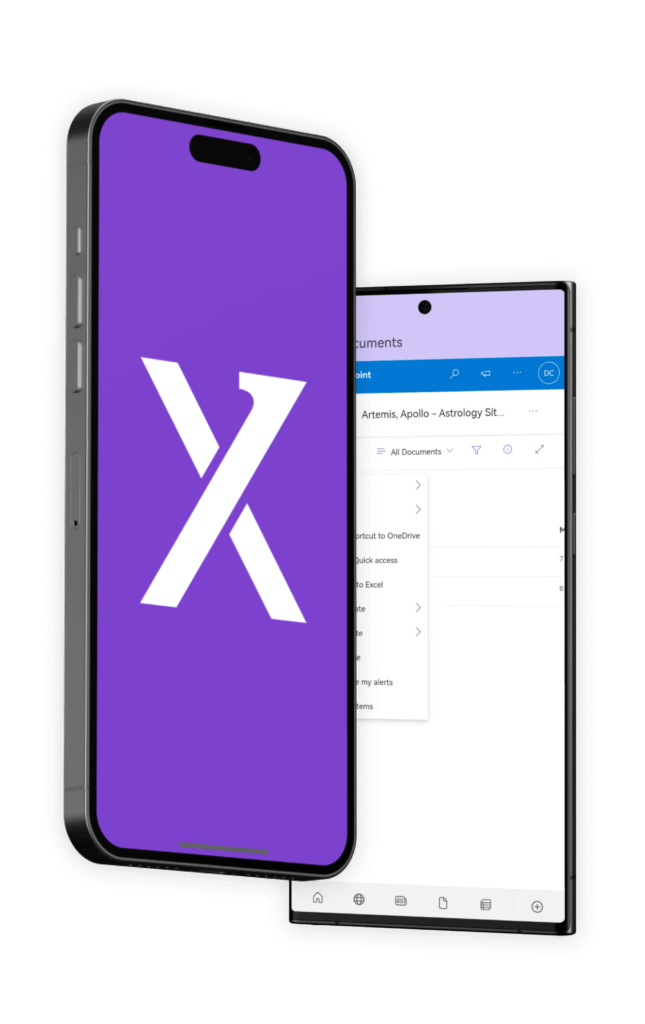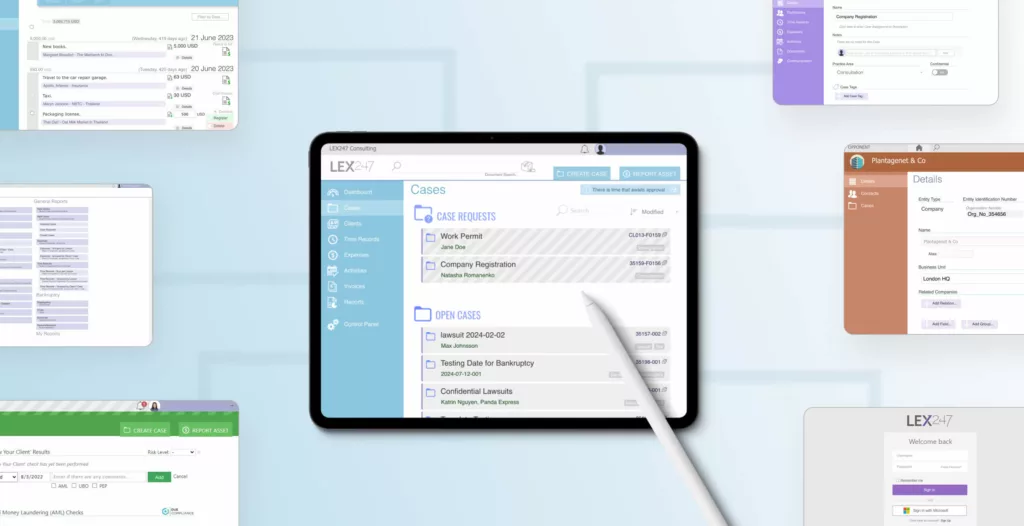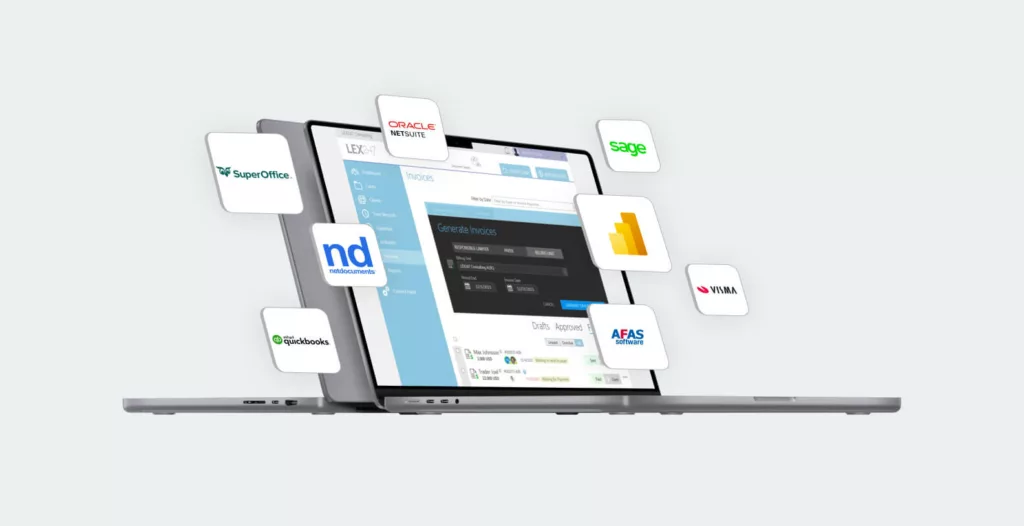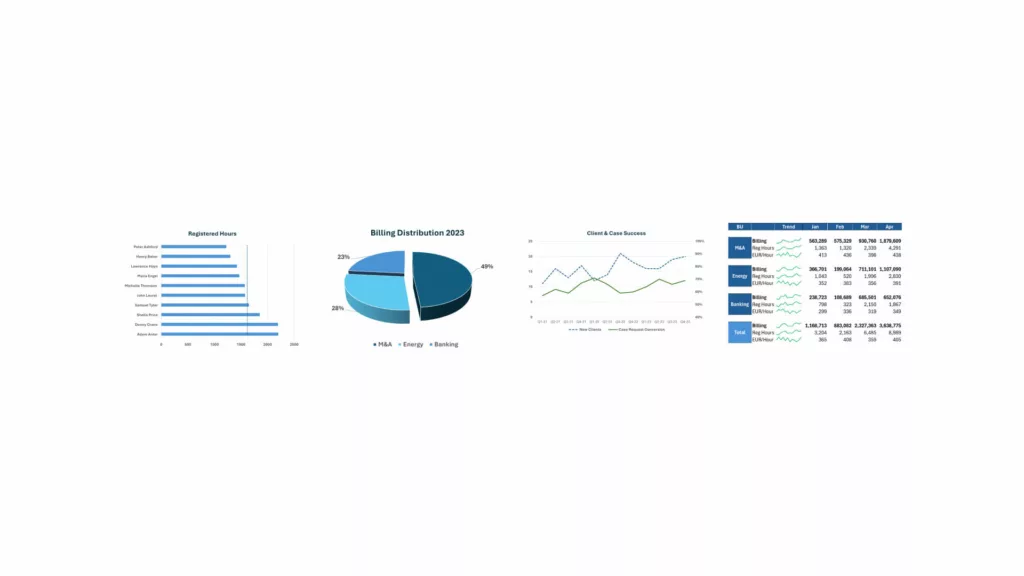In today’s legal landscape, mid-size and large enterprise law firms face unprecedented challenges in managing their operations effectively. According to the 2025 US Midsize Law Firm Priorities Report, legal professionals juggle an average of 6.6 different tools to manage a single client matter, with nearly half of respondents citing the maintenance of multiple records as a major challenge. This technological fragmentation creates inefficiencies that impact both client service and firm profitability, revealing a critical need for integration and simplification.
The Current State of Legal Technology
The typical larger law firm’s technology stack resembles a patchwork quilt of solutions acquired over time. From standalone billing software to separate document management systems, isolated client portals to disconnected communication platforms, this fragmentation creates numerous problems. Data silos prevent a unified view of client relationships, while redundant data entry across multiple systems wastes valuable time. Inconsistent information across platforms leads to errors, limited visibility hampers matter progress tracking, difficulties to carry out proper conflict-of-interest control, and complex training requirements for staff multiply across each system.
Cloud-Native Architecture: The Solution for Modern Legal Practice
Cloud-native legal practice management systems built on multi-tenant architecture and microservices offer a transformative solution to these challenges. Unlike traditional on-premises or first-generation cloud solutions, true cloud-native systems are designed specifically for the distributed, flexible nature of modern legal work.
Multi-tenant architecture allows multiple law firms to use the same application instance while maintaining strict data separation. This approach gives several key advantages for law firms. Costs are reduced through shared infrastructure and maintenance, while continuous updates are rolled out simultaneously to all users. Security protocols and rights management remain consistent across all client matters, allowing the firms to scale operations without significant hardware investments. Perhaps most importantly, disaster recovery comes built into the platform architecture, reducing business continuity risks.
The microservices approach breaks down complex systems into specialized, independently deployable components. For law firms, this means targeted functionality for specific legal workflows and faster innovation as individual components can be updated without system-wide changes. Integration capabilities with both legacy systems and future technologies ensure firms can evolve their technology stack without complete overhauls.
Real-World Efficiency Gains
When implemented properly, cloud-native legal practice management systems deliver measurable improvements. Firms can consolidate from 6.6 disparate tools to a single, unified system that serves as the single source of truth for all client and matter information. This eliminates redundant data entry and ensures consistency across departments. The inherent mobility and accessibility of cloud platforms enable secure access from anywhere, supporting the hybrid work models many firms now embrace.
Automated workflows eliminate manual handoffs between departments, reducing the risk of matters falling through cracks. Real-time insights into matter status and profitability help firm leadership to make data-driven decisions about resource allocation and pricing strategies. These efficiencies directly address the pain points identified in the 2025 report, particularly the challenge of maintaining multiple records across disparate systems.
Implementation Considerations
For law firms considering the transition to cloud-native practice management, several factors should guide the evaluation process. Look for platforms with API-first design that can integrate with specialty tools when needed, modern security compliance, propagated rights management, and the system should adapt to your workflows, not vice versa, through robust configuration options.
User experience is paramount—intuitive interfaces reduce training time and increase adoption rates. Finally, clear pathways for transitioning historical client data ensure that institutional knowledge isn’t lost in the migration process.
Conclusion
The 2025 US Midsize Law Firm Priorities Report makes clear that technological fragmentation presents a significant barrier to efficiency in legal practice, that generative AI will not solve. Cloud-native legal practice management systems built on multi-tenant architecture and microservices directly address this challenge by providing a unified, scalable, and flexible platform that grows with your firm.
By reducing the number of tools needed to manage client matters from 6.6 to ideally one integrated system, these platforms enable legal professionals to focus on practicing law and serving clients rather than navigating technology hurdles. For law firms looking to remain competitive in an increasingly challenging market, the transition to cloud-native practice management isn’t merely a technology decision, it’s a strategic imperative that directly impacts operational efficiency, client satisfaction, and ultimately, profitability.
Contact us at LEX247 if you want to know more about how our cloud-native platform can improve your efficiency https://lex247.com/contact/






